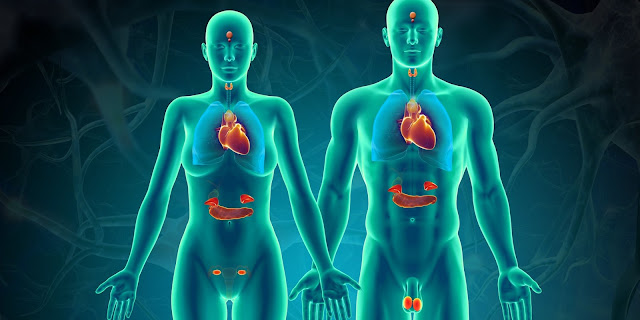Leishmaniasis Treatment: An Overview
Leishmaniasis is a parasitic disease caused by protozoa of the Leishmania genus. It is transmitted by the bite of infected sand flies. Over 1 million new cases are reported annually making it a major public health problem worldwide. In this article, we discuss the various treatment options available for leishmaniasis.
Classification and Types
There are three main clinical forms of leishmaniasis – cutaneous,
mucocutaneous, and visceral leishmaniasis.
Cutaneous Leishmaniasis
Cutaneous leishmaniasis is the most common form which causes skin sores or
lesions. It is widely distributed across parts of Africa, Asia, Europe, and
South America. The lesions caused can vary from a few to thousands of nodules
or bumps on exposed parts of the body.
Mucocutaneous Leishmaniasis
Mucocutaneous
Leishmaniasis involves both skin and mucosal tissues of the nose,
mouth, and throat. It is caused by Leishmania brasiliensis and spreads from an
initial skin lesion. This form can lead to severe disfigurement if left
untreated.
Visceral Leishmaniasis
Also known as Kala-azar, visceral leishmaniasis is the most severe form
affecting internal organs like the liver, spleen, and bone marrow. It can be
fatal if not treated properly. Visceral leishmaniasis is widespread in the
Mediterranean region, East Africa, and the Indian subcontinent.
Conventional Treatments
The treatment options for leishmaniasis depend on the type and also involve
factors like geographic location, parasite species, and the individual patient
characteristics. Some of the conventional treatments include:
Pentavalent Antimonials
Pentavalent antimonials like Sodium Stibogluconate (SSG) and Meglumine
Antimoniate have been the first-line drugs for many years. They require long
parenteral administration for 15-30 days and can cause serious side effects in
some patients.
Amphotericin B
Amphotericin B has been the treatment of choice for visceral leishmaniasis and
unresponsive cases of cutaneous leishmaniasis. It has high cure rates but
requires intravenous administration and closely monitoring due to potential
renal toxicity and other side effects.
Paromomycin
Paromomycin is an effective oral drug used as a first-line or alternate
treatment. The cure rates are over 90% for visceral leishmaniasis. However, it
is not effective against all parasite species or clinical manifestations.
Pentamidine
Pentamidine has activity against some Leishmania species causing cutaneous and
mucocutaneous infections. It is given as an intravenous or intramuscular
injection but with risk of serious adverse effects.
Alternative Treatments
With the drawbacks of existing drugs, research efforts are being made to
develop newer treatment options. Some promising alternatives include:
Miltefosine
Miltefosine is the first effective oral drug approved for use against visceral
leishmaniasis. It has high cure rates of 94-95% and relatively fewer side
effects. The drawback is the long treatment duration of 4 weeks.
Paromomycin Combinations
Combination of paromomycin with other antileishmanial drugs improves efficacy
and reduces treatment period. The most effective combinations found are
paromomycin with SSG or miltefosine.
Liposomal Formulations
Using liposomal formulations enables targeted delivery of antileishmanial
medications and improves effectiveness. Liposomal amphotericin B has better
safety profile compared to conventional amphotericin B with comparable
therapeutic responses.
Local Therapies
Local therapies are primarily used for cutaneous leishmaniasis. Intralesional
injections of antimonials, thermotherapy using heat application, and
cryotherapy freezing nodules have shown promise as alternatives or additions to
systemic therapies.
Phytomedicines
Plants with antileishmanial properties are being researched for new drug
developments. Quercitin, artemisinin, and gallic acid isolated from various
plant sources have displayed good in vitro activity against Leishmania
parasites. Further studies are required for clinical use.
Conclusion
In summary, treatment of leishmaniasis involves a combination of drugs, their
formulations, treatment duration, and other management techniques based on
parasitic and host factors. While current options are effective against most
cases, their limitations call for continuous research towards safer and shorter
therapies. Alternative drugs, formulations, and therapeutic combinations hold
promise in improving leishmaniasis treatment.
Get more insights on Leishmaniasis
Treatment




Comments
Post a Comment